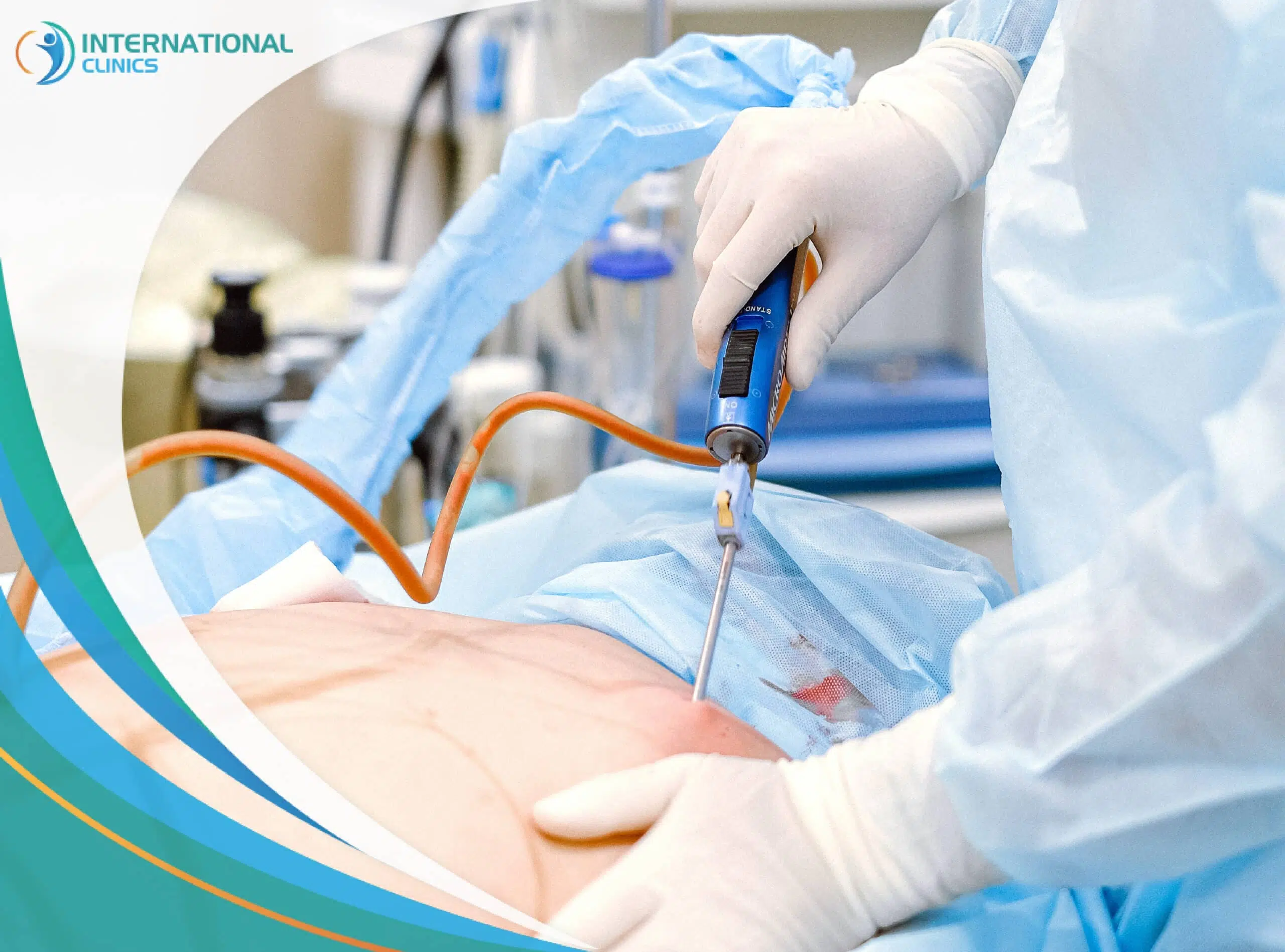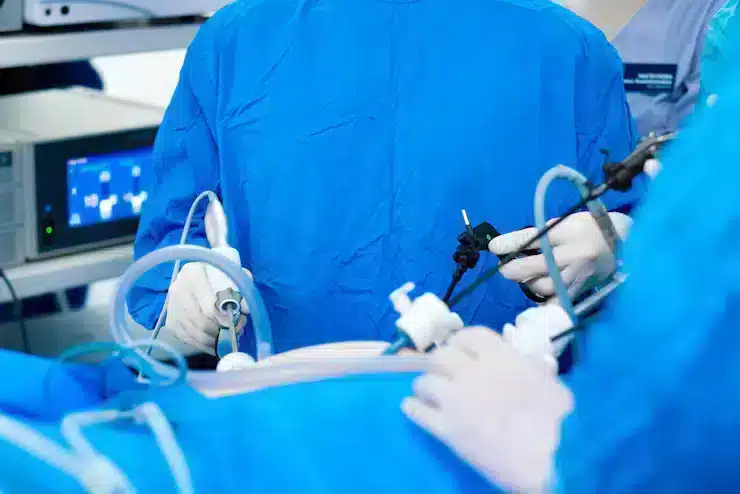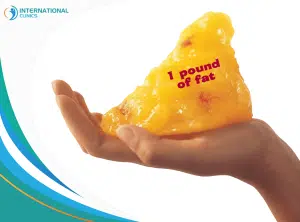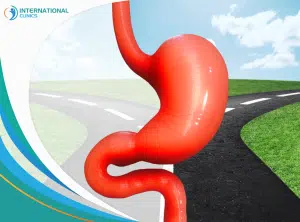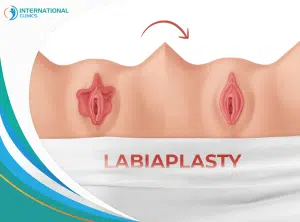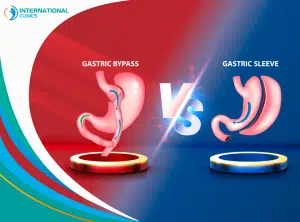Liposuction is a surgery that involves the use of different tools to remove unwanted excess fat and improve body appearance. The liposuction cannula is an integral part of any liposuction procedure. Without it, liposuction isn’t possible to complete.
Obviously, most liposuction types depend on cannulas of different sizes, including traditional liposuction, water-assisted liposuction, and tumescent liposuction. Besides cannulas, a typical liposuction procedure also involves the use of an aspiration pump, aspiration tubes, syringes, and other surgical tools.
What Is Liposuction Cannula?
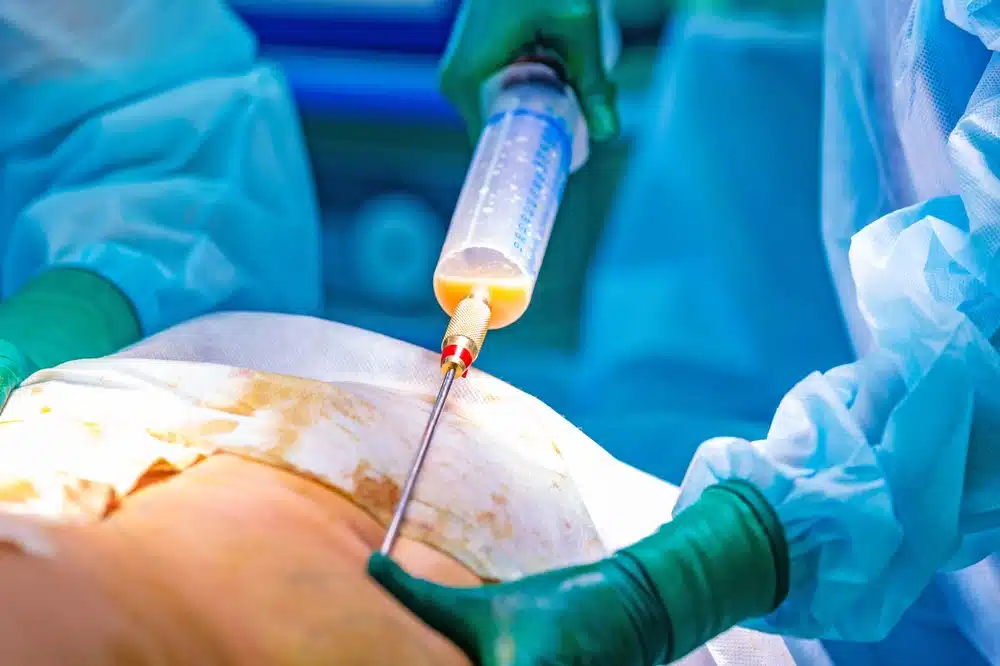
A liposuction cannula is a sterile, stainless tube that surgeons use to remove subcutaneous fat from different body parts. The cannulas come in different sizes, lengths, tip styles, and additional features. Some of them come with handles and are designed for single use, while others are reusable for suction procedures and are covered by lifetime warranties.
The tip styles or configurations of these cannulas include Spatula, Mercedes, Basket, Spiral, and Tonnard. These cannulas are important also for fat grafting procedures, such as Brazilian butt lift (BBL). Different European and Asian manufacturers and brands produce a wide variety of liposuction cannulas and systems. Furthermore, some manufacturers design cannulas based on the special requirements and requests of clinics or hospitals (on-demand).
The large liposuction needles and cannulas may induce anxiety and raise concerns among patients. However, surgeons have been using these cannulas for decades to carry out liposuction procedures. Manufacturers design these cannulas carefully to allow surgeons to extract fat with fewer possible risks.
Liposuction Cannula Types
Liposuction cannulas often fall under two main categories based on the diameter of the cannula:
Microcannulas
These are the small-sized cannulas that surgeons mostly use during the liposuction process. Their diameter ranges between 2-2.2 mm and their length can be small as 130 mm. They are made of stainless steel and correspond to (12-gauge to 14-gauge) hypodermic needles.
These cannulas are very effective because they are adaptable and allow for a more gentle approach to liposuction by creating narrower incisions and tunnels in the skin. They are also accurate and allow the surgeon to take better control of the direction and position of the cannula, minimizing the likelihood of scars and trauma.
Surgeons also prefer to use these cannulas to reach places that large cannulas can’t reach under the skin. Small cannulas are an important element to complete tumescent liposuction and laser liposuction, making these types safer and less traumatic than conventional liposuction.
Macrocannulas
Also known as full-sized cannulas, these large cannulas are used by surgeons to remove a high amount of fat in a single session. Their diameter can reach up to 6 mm and their length can reach up to 300 mm. These cannulas are made of stainless steel tubing with very thick walls.
Due to their large diameter, they have the potential to cause more trauma and scars. Hence, most surgeons try to avoid their use during liposuction procedures, except in some selected cases where fat should be removed in large quantities and in a very short time possible. However, to get more viable fat grafts during fat tissue harvesting procedures, a study suggested the use of larger cannulas instead of small cannulas.
Liposuction Cannula Manufacturers

Most liposuction cannulas are made in accordance with German or European quality standards even if they are manufactured by Asian companies. Recently, many Asian companies and manufacturers from Pakistan, India, and China have entered the market and started producing cannulas of different configurations to meet the demand of hospitals and clinics in Europe and North America.
Although the European and American manufacturers have lost a lot of competitive advantage in the last couple of years, many of them still provide cannulas and top-tier liposuction systems to the world, especially in Germany, the United States, and France. In any case, prominent brands and manufacturers of liposuction cannulas and tools include BRsurgical, Eurosurgical Ltd, HK Surgical, Grey Medical, New Med Instruments, and Gulmaher Surgico.
The Cost of Liposuction Cannula
The cost of a liposuction cannula varies widely based on the brands, quality, sizes, manufacturing materials, and features. A single cannula can cost between 15-50 US dollars. However, most manufacturers who produce liposuction cannulas often provide them as a complete “set” that contains multiple cannulas of various sizes, which surgeons can use to perform different types of liposuction. You can pay between 100-500 US dollars to get one of these sets.
A single liposuction system or unit that involves a pump, cannula, and aspiration tubes, along with other instruments can cost 10000 US dollars at least. Some may cost up to 22000 US dollars, such as the Byron liposuction system. Secondhand or used liposuction units are also available for sale on different online stores and websites, and they can be pretty cheap, ranging from 4000-10000 US dollars.
Liposuction Cannula Risks

Respected clinics and hospitals only use high-grade liposuction cannulas to avoid risks and complications. After all, the cannula has a sharp tip that should be inserted carefully into the skin.
Depending on the experience and skills of the surgeon, the cannula shouldn’t cause any problems, especially if a microcannula is used. The risk of infection becomes high only if the cannula isn’t sanitized properly.
According to a study, choosing the right blunt cannula is crucial to prevent many liposuction complications and bringing the best possible results. Nonetheless, the most common risks and possible complications of liposuction cannulas include the following:
- Scars: Visible, large scars are associated with the use of large cannulas. Thankfully, most surgeons use small cannulas to decrease the chances of leaving visible scars, but even that can’t guarantee a scar-free procedure. For instance, using liposuction as part of gynecomastia surgery can cause large male scars in some cases. Thankfully, these scars disappear with time.
- Swelling: swelling, bruising, or soreness are different side effects that result from using cannulas during liposuction. It’s common for patients these side effects, but they usually subside within a few days following the procedure.
- Bleeding: Surgeons often try to avoid puncturing large blood vessels during the insertion of the cannulas to avert bleeding or losing much blood, but that can’t be accomplished always. In other words, bleeding from cannulas remains rare, but not in all cases.
- Friction Burns: as the surgeon moves the cannula back and forth during liposuction, the possibility of developing friction burns increases dramatically. These frictions can affect the nerves or skin tissues.
- Puncture: The risk of puncturing an internal organ is highly worrying because the surgeon can’t often see the cannula directly during fat removal. If the cannula punctures the intestine or other sensitive organs, the consequences may be fatal.
The Bottom Line
Liposuction cannulas differ in size, quality, and characteristics. Depending on the type of liposuction and the patient’s needs, surgeons can use small or large cannulas to remove fat from different body parts.
Hospitals and clinics frequently choose to bring liposuction units equipped with cannulas of different diameters and tip configurations to provide the surgeons with necessary tools to perform multiple types of liposuction.
International Clinics is a key player in providing liposuction in Turkey. Our surgeons use highly sanitized and new liposuction tools and systems to ensure the highest quality, including cannulas and aspiration tubes. You can contact us using the button below to get more information about our tools and procedures.
Frequently Asked Questions
What Size Cannula Is Used for Liposuction?
The size cannula used for liposuction is often between 12 to 16 gauge. Arm liposuction, for instance, is often done using a 14-gauge cannula. Thigh or hip liposuction may need a cannula with a 16-gauge size. Surgeons prefer to use microcannulas to complete liposuction procedures.
How Do You Clean Lipo Cannulas?
You can clean or flush lipo cannulas using a neutral PH solution. After using the solution, you can rinse them with hot water. Clinics and hospitals sanitize reusable cannulas using specialized disinfection devices.
Can Liposuction Damage Veins?
Liposuction can damage veins in some cases, but this is rare and highly depends on the experience and skill of the surgeon. Damaging the veins can lead to severe bleeding and even hypovolemic shock if not controlled quickly.
What Is the Fluid that Drains After Lipo?
The fluid that drains after lipo is called lymphatic fluid. It accumulates as a yellowish liquid to form what’s known as a “seroma”. The fluid resolves and ceases over several weeks and rarely requires special treatment.
What Size Needle Is Used for Fat Dissolving?
The size needle used for fat dissolving depends on the technique used to dissolve the fat. Some techniques require only a small-sized needle, while others require large-sized needles, up to 24-gauge.
Can You Take Fat Out with A Needle?
You can take the fat out with a needle by using a technique called “syringe liposculpture”. Using a needle to suck out fat by yourself is dangerous and isn’t recommended at all.
How Long Do You Bleed After Lipo?
Bleeding and draining after lipo subsides within a few days following the procedure. In fact, most patients notice no bleeding at all after only 48 hours following the procedure.
Read more: Liposuction in Turkey: Your Ultimate Guide
